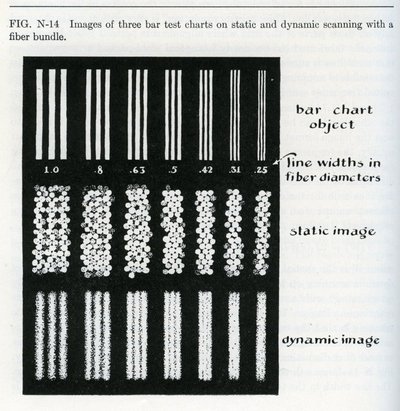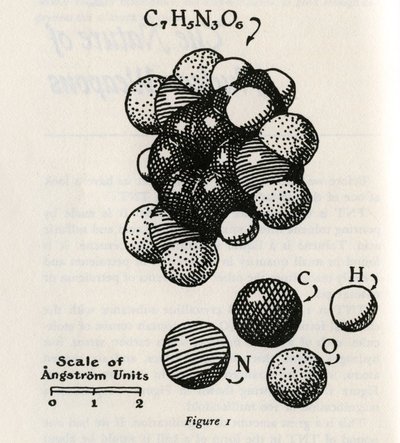Roger’s relationship with W. H. Freeman & Co. continued to strengthen, and he was eventually asked to provide a large painting for Bill Freeman’s new office. In 1957 Bill Freeman suggested that Roger change the nature of his association with the company and sign a ten-year exclusive contract, wherein he would be assigned tasks and receive monthly compensation based on his hourly work. Following discussion of the offer, a contract drafted by lawyers was sent to Roger, but the formality and depth of the agreement made him very uncomfortable. However, after some last minute discussion, he signed the contract, which provided him with a generous salary but also forfeited his rights to the royalties from previous projects.
In 1956 the second edition of A Laboratory Study of Chemical Principles was released by W. H. Freeman & Co., for which Roger remained the illustrator. In 1958 W. H. Freeman & Co. published Concepts of Classical Optics, a project that John Strong and Hayward had been working on for several years. In 1959, also with W. H. Freeman & Co., Geissman finished Principles of Organic Chemistry, which was illustrated by Roger, as was Berry and Mason’s Mineralogy, and Pimentel and McClellan’s The Hydrogen Bond in 1960.
Roger provided an illustration for Dandliker and Kraut’s “Centrifugal Light Scattering for the Ultraclarification of Liquids,” which appeared in the Journal of the American Chemical Society in 1956, and in 1958 Roger’s collaboration with Linus Pauling on No More War! was completed and released by Dodd, Mead and Company. Roger was also approached to write an updated article on the science of color for the Encyclopedia Britannica but declined, suggesting that more qualified scholars be approached for the project. He continued his private research into various fields of interest and was awarded another patent, this time for a bassinet mounting, in 1956.

Reproduced illustration by Roger Hayward of static and dynamic scanning as published in Concepts of Classical Optics, by John Strong. More images here

Reproduced illustration by Roger Hayward of trinitrotoluene as published in No More War!, by Linus Pauling. More images here
